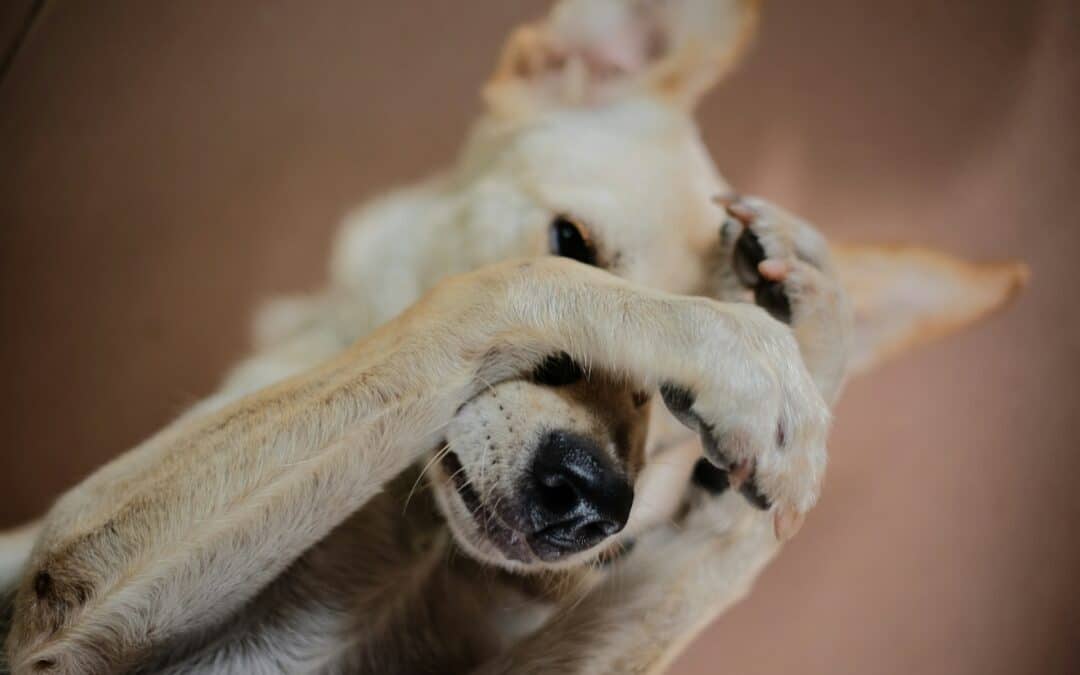Some dogs are outgoing from the start. Others? Not so much. If your pup is hesitant around new people, nervous in unfamiliar places, or avoids other dogs altogether, you’re not alone. Many dogs struggle with shyness, especially if they weren’t properly socialized as puppies.
But don’t worry—social skills can be taught at any age. With a little patience and the right approach, even the shyest dogs can build confidence and learn to enjoy new experiences.
Why Socializing Your Dog Is So Important
Socialization isn’t just about helping your dog make friends. It’s a key part of their overall well-being. Without proper socialization, dogs can develop anxiety, fear-based aggression, or destructive behaviors. Helping your dog feel more secure in the world around them is one of the most valuable things you can do for them.
Dogs that are well-socialized tend to be:
- More confident and relaxed in new environments
- Less reactive or fearful around strangers and other animals
- Better equipped to handle travel, grooming, vet visits, and more
- Safer in unfamiliar situations, because they’re less likely to panic or lash out
When to Start Socializing Your Dog
The most important window for socializing a dog is between 3 and 14 weeks of age. During this time, puppies are especially curious and open-minded to new experiences. Positive exposure to people, sounds, smells, and different environments during this stage sets the foundation for a confident, well-adjusted dog.
But if your dog is past the puppy stage, don’t worry. Older dogs can still learn how to navigate new experiences. It may just take a little more time and encouragement.
How to Start Training a Shy Dog for Social Situations
If your dog is timid or fearful, it’s important to take it slow. Socialization doesn’t mean tossing them into a loud dog park or crowded event—it means helping them feel safe as they explore the world at their own pace.
1. Start Small and Go at Their Pace
Jumping straight into busy settings is never a good idea with a shy or nervous dog. Avoid pushing your dog into interactions. If they freeze or back away, give them space and try again another time. Let your dog choose how close to get, and always reward calm behavior with treats or praise.
Try starting with some low-key interactions, such as:
- Inviting over a calm, dog-friendly visitor
- Sitting near a park or trail where your dog can observe from a distance
- Walking in quiet neighborhoods during slower hours
2. Use Positive Reinforcement
All progress deserves encouragement, whether it’s a tail wag, eye contact, or calmly walking past another dog. Use treats, praise, or play to build positive associations.
For example:
When Brian first adopted Milo, a shy rescue pup, walks were a challenge. Milo would freeze or start barking any time they saw another dog. So Brian switched to a quieter route and brought along some of Milo’s favorite treats. Any time Milo noticed another dog and stayed calm, Brian gave him a quiet “Good boy” and a treat. Little by little, they were able to get closer to other dogs without Milo getting overwhelmed. Eventually, Milo could pass by calmly on leash without disrupting or pausing their walk.
3. Practice Handling at Home
Some shy dogs are sensitive to touch, which can make vet visits, grooming, or even harnessing stressful for them. However, you can help de-sensitize them with gentle, regular handling. This builds trust and makes future handling much easier.
You can try:
- Offering treats while petting or brushing
- Touching their collar, harness, paws, or ears
- Wiping their paws or gently inspecting their face
4. Sign Up for a Training Class
Group training classes help build confidence in a structured environment. Look for classes with small groups and trainers who specialize in fear-free techniques. It’s a great way to ease your dog into new situations with professional guidance.
5. Keep It Positive
The goal is to build trust, not to overwhelm your dog. Keep socialization sessions short, positive, and pressure-free. If your dog seems anxious or scared, it’s okay to stop early. What matters most is that they feel safe and supported.
Talk to a Dog Behavior Expert
Whether you’ve just adopted a nervous puppy or you’re helping an older dog overcome their anxiety, we’re here to support you. At Anasazi Animal Clinic, we can help you build a personalized socialization plan based on your dog’s age, personality, and comfort level.
We’d love to meet your dog so we can help them feel more at home in the world around them. Contact us today to schedule a visit!
Photo by DACHENGZI LIANG on Unsplash 06/27/2025 used with permission under the creative commons license for commercial use.

